
Concerted Action Needed to Combat Wildlife Crime
More action and less talk is required to combat wildlife crime. Many species are becoming severely depleted and may disappear if more is not urgently done by governments and enforcement agencies.

More action and less talk is required to combat wildlife crime. Many species are becoming severely depleted and may disappear if more is not urgently done by governments and enforcement agencies.
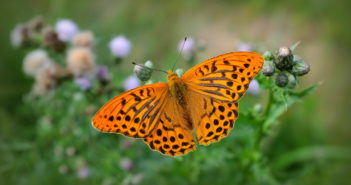
A world without insects would be one part sad — no butterflies, no bees — and one part terrifying: a collapse of human food systems, and a planet covered in dung and rotting carcasses.

At least one-fifth of mammal species found in Malaysia are facing extinction. The one things that all of these species have in common is that human beings are the cause of their path towards extinction.
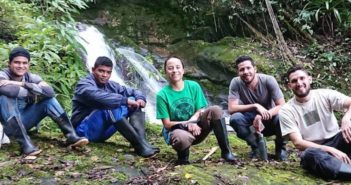
If you think millennials are too busy looking at their phones to care about conservation, you haven’t met these young people. Every year, Birdlife grants funding and support to young people whose new, fresh ideas are changing the way we protect the planet. Learn here about this year’s winners.
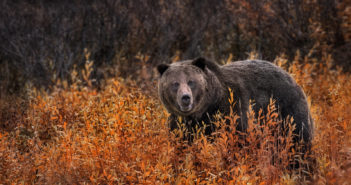
One million species are at risk of extinction due to human activity, UN report says, yet the US administration proposes weakening protections for native species.

Quietly and without public input, the current US administration has effectively gutted the Migratory Bird Treaty Act. After a century of some protection by the US government, migratory birds are on their own.
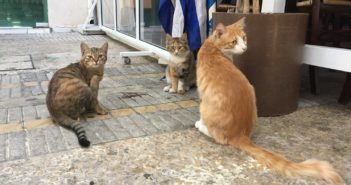
Australian authorities hope to kill two million feral cats by 2020.

We have a moral duty to combat climate change in everyday life, and we can start at the dinner table. The single biggest thing a person can do right now to reduce their impact on climate change is stop consuming animal products and transition to a vegan diet.

BirdLife speaks to renowned American author Jonathan Franzen about birds, economics, ethics and the end of the earth.

Will giraffes survive humanity? They are as iconic as lions, rhinos and elephants, and their long-term existence in the wild is under a similar threat. However, the world’s tallest animals get much less public attention and protection.
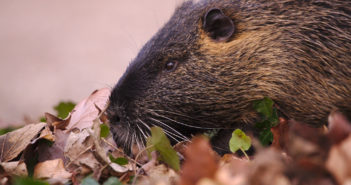
These semiaquatic rodents can reproduce rapidly and cause environmental degradation in habitats where they lack predators, but that doesn’t mean they deserve to be killed. A program in Italy has had great success with surgically sterilizing and releasing them.

How did a sleepy rural community become the stork capital of North Macedonia? We meet the white storks who live alongside local people, and discover how one woman’s love of birds inspired an entire movement.